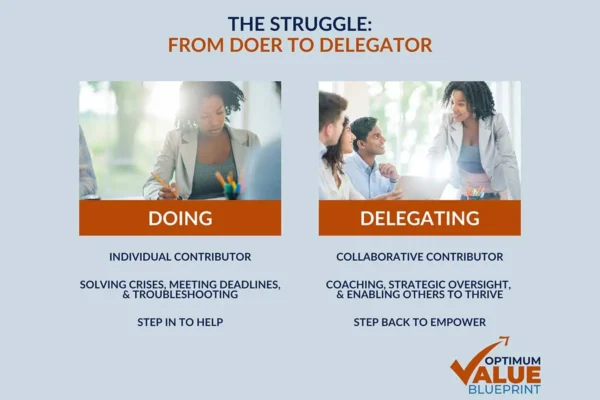Exhibiting in Europe is a completely different way of exhibiting than in the U.S. We spoke to Martin Buschkamp, project manager, Standex GmbH, from Wuppertal, Germany, whose firm was established in 1978 and now well-known in the exhibition industry.
ECN: What is the main difference, and what shell do Americans take care of, when they plan to exhibit in Germany, for example?
Martin: One of the main points is that European exhibition stands are mostly custom-made and built on site by carpenters. Booths, which come out of a box like a “pop up” booth, are not usual; European clients like custom-made booths. They look like [they were built to last] forever. In Europe, there are no drayage costs as in the U.S.; you only have to pay for forklift trucks on an hourly basis, which is cheap comparing to U.S. drayage. This makes it easy to deliver custom-made booths to site and get them installed.
ECN: Can everyone install the booth on site?
Martin: That’s correct; you do not need to hire union crew members for installation and dismantling. This is all done by our own crew – no matter where we work – if it is Paris, Athens, Berlin, Madrid or Stockholm. We just need to make sure that our crew, who are all full time employees, are officially registered. This makes it way cheaper to get a booth installed and dismantled. Also [with] the electric connection and light fittings – all that will be done by our own crew.
ECN: Are there no health and safety regulations you need to observe?
Martin: There are a lot of health and safety regulations, which we all have to cover. Me and my colleagues spent many hours [preparing] health and safety documents covering all the different production steps on site. All these documents need to be approved by the show management – and that is what we take care of. We want to make sure our clients do have a nice and easy stay when they come over to Europe for a show!
ECN: Are these rules and regulations all the same in Europe?
Martin: No, even inside Germany these rules are changing. Europe is still many different countries with many different borders and rules. We need to cover all this during the planning of a setup in Milan, Italy, for example. Big differences are the main switch boards for the electric connections. Every country – we work with 400V and 230V – has different standard specifications for the fuse block. We do have different main switch boards for different countries available to make sure we fit the rules on site.






























